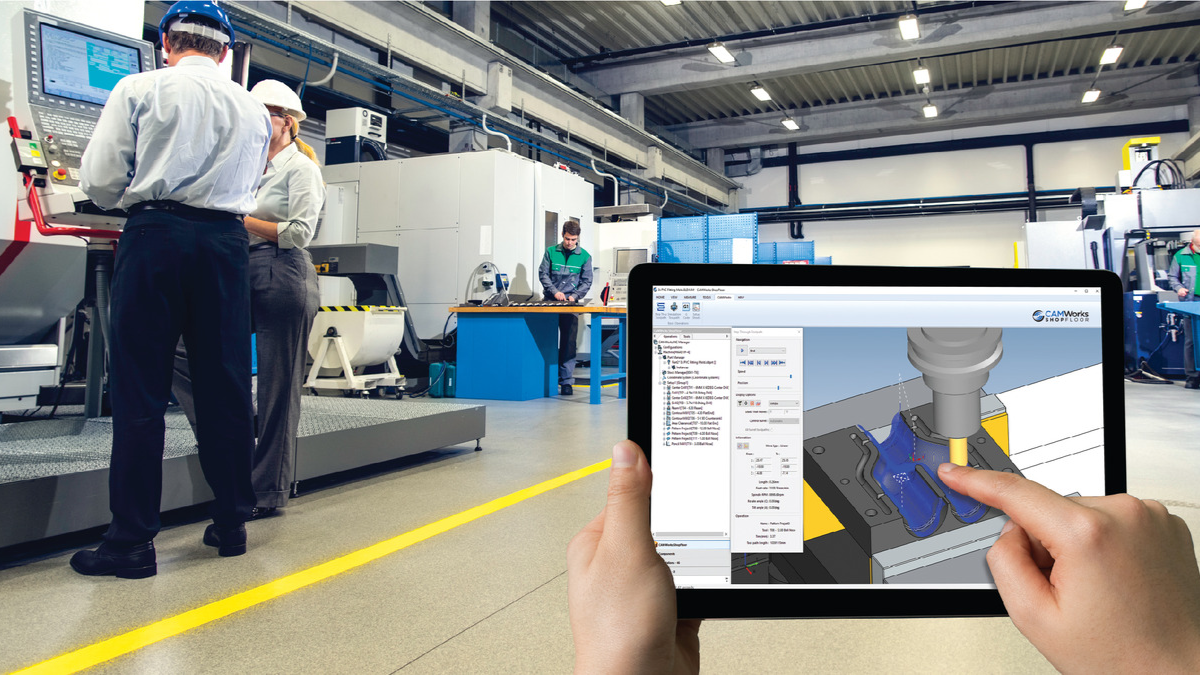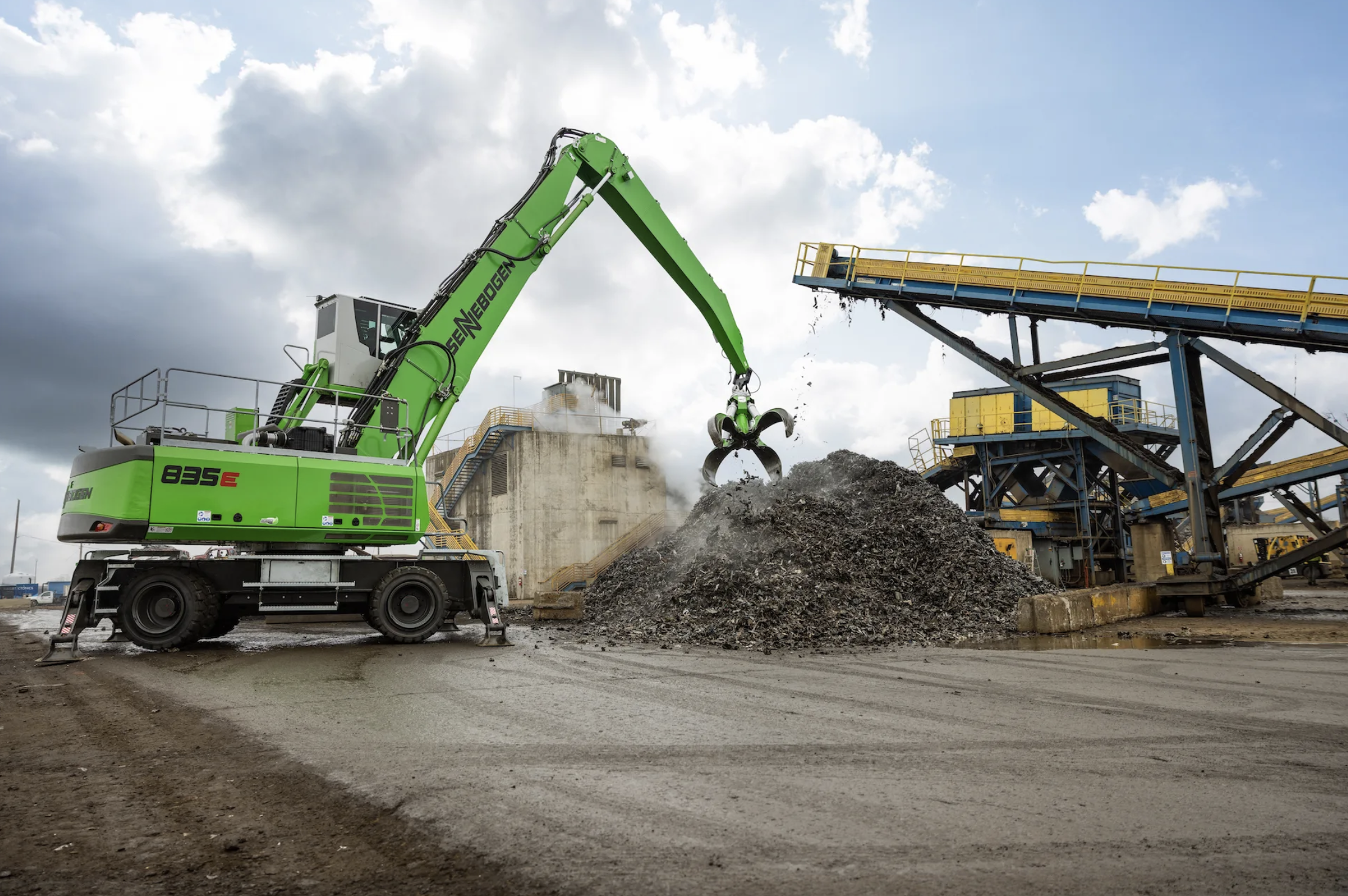Industry 4.0 relates to the ongoing automation and digitization of the engineering and manufacturing sector. With big data technology progressing at alarming rates, modern systems can process large volumes of data at great speed, allowing industry to make data-driven decisions across their entire organization in real-time. The key components of Industry 4.0 include:
- Interconnectivity
- Automation
- Data Analytics
- Smart Manufacturing
- Digital Twins
- Cyber-Physical Systems
- Customization/Personalization
- Supply Chain Integration
Like many others, the manufacturing industry is facing challenges from multiple directions, rising costs, global politics, regulations, shipping and logistics, and environmental factors. Those extra challenges can strain an already stressed system to the breaking point. So, how do we ease the strain and set ourselves up to be more efficient, more environmentally conscious, and more profitable while still maintaining quality? And how do you avoid downtime?
- Defects
- Overproduction
- Waiting
- Non-utilized Talent
- Transport
- Inventory
- Motion
- Extra-Processing
We’ll look at common processes and real-world scenarios in manufacturing and CNC machining for some tips and tricks on how to maximize efficiency using Industry 4.0 technologies.
Specifically, we’ll look at the following three most impactful ways to reduce downtime on the shop floor:
- Reducing defects in manufacturing and increasing quality control with specific software and strategies
- Embracing “Just-in-Time” production by capitalizing on your data and analytics
- Using simulation and Digital Twins to uncover problems before they occur
Defects in Manufacturing and Quality Control
These can occur for reasons like tool damage/wear, incorrect parameters, poor programming techniques, machine setup, and work-holding issues. An in-process probing system can save setup time, monitor issues as they occur, and provide an opportunity for rectification. CAMWorks can insert these probing operations at the programming stage, and it supports multiple systems including Renishaw and Heidenhain.
While defects may be salvageable, care should be taken to control quality. A well-implemented formal quality control system will go a long way to reducing scrap from defects. Combine that with a machine data collection system such as Predator and you have traceability for how frequently defects occur, and which jobs, equipment, and personnel are involved.
Furthermore, with automatic monitoring of machine cycle time, idle time, setup and teardown time, and machine downtime, it will give you a clear picture of how efficiently your facilities are operating so you can track real-time Overall Equipment Efficiency (OEE) along with Key Performance Indicators and other valuable metrics.
Getting to a State of Just-In-Time Production
With predictable, streamlined processes and accurate production data connected to an ERP/MRP system, it’s possible to move towards a Just-In-Time production methodology. This relies on accurate demand forecasting, steady production, high-quality workmanship, no machine breakdowns, and reliable suppliers.
Production data allows for predictive maintenance rather than reactive and will also identify any bottlenecks in your system. Bottlenecks can result in wasted time, unnecessary movement of products around the facility, and costs associated with storage. Waste results in additional cost, lost production, and potentially leads to outsourcing due to perceived lack of capacity.
When you combine lean manufacturing principles with data analytics you have a reliable, real-time view of the shop floor. This allows you to find historical trends in your data which can provide valuable insights.
Using Digital Twins to Reduce Downtime on the Shop Floor
What happens if a machine goes down, if demand suddenly skyrockets, or a supplier misses a delivery, could you cope? This is the essence of the Digital Twin component to Industry 4.0. By digitizing processes and procedures, you can run What If simulations to determine the impact of a situation before it occurs. This allows you to plan for the unexpected with true data-driven decisions.
In a machine shop environment, Digital Twins also promote consistency and efficiency by simulating programs offline ensuring that programs being fed into the control are proven out before they execute.
Programming at the control (conversational programming) pulls the machine offline which inherently slows production. Conversational programming is typically geared towards simpler geometry (2-axis turning, pockets, and holes). So, pulling your expensive B-axis multi-task mill offline to program simple geometry isn’t very cost-effective.
How CAMWorks and Eureka Minimize Downtime for Complex Multi-Axis Milling
CAMWorks supports 5-axis milling and dual spindle mill turns with support for up to 4 turrets and full simultaneous B axis on both spindles. CAMWorks can then pass the complete program including tooling, work offsets, stock, finished components, and work holding off to Eureka with a couple of clicks so that you can quickly and efficiently run a true-g-code simulation of the entire program, completely offline.
This combination means you can reliably check for programming errors, code problems, machine over travels, and collisions prior to handing the program to the operators. For true peace of mind, Eureka Viewer can be used by the team on the shop floor to see the simulation along with the tooling so that setup is easier.
The days of having your programmer spend time running between machines troubleshooting issues, testing programs, or stopping production to program a part can be put behind you.
Maintain Sustainability in Manufacturing
As regulations require greater efficiency and there’s a shift towards net zero, reducing waste not only improves the bottom line but also the environmental impact. This push for efficiency results in designs that use less material with added complexity and require analysis to squeeze out every last percentage point.
As tools like Topology Optimization in SOLIDWORKS, Sub-D modelling in 3D Sculptor on the 3DEXPERIENCE Platform, and analysis tools like SOLIDWORKS Simulation and SIMULIA produce and analyze complex geometries to fine-tune their performance, the component’s final form can pose new challenges for production.
With products like the Markforged FX20 and Metal X printers producing end-use composite and metal parts, it’s often believed that 3D printing these complex geometries is the only solution. That may be true if there are completely enclosed lattices for the internal structure, but CNC machining can be a more cost-effective solution if you have the right tools.
Using the 5 axis capabilities in CAMWorks, you can set your parameters to machine even the most complex undercuts and difficult-to-reach geometries. And then you can use Eureka to simulate the actual G-code on a Digital Twin, so you know the program is collision-free and ready for the shop floor.
More Resources for Maturing Your Manufacturing Process on the Shop Floor
Industry 4.0 defines where the sector is heading but it relies on steady, consistent, and continuous data. Some companies (especially large, well-established brands) may be at more mature stages of adopting industry 4.0 technologies already, but many are not. A good way to start is to use lean manufacturing principles to evaluate your processes and procedures and improve your efficiency and throughput.
Have questions about how our manufacturing solutions can help you step forward into embracing Industry 4.0? Get in touch with Hawk Ridge Systems.





